At the end of May 2024, theIstat published the report “Cereal crop sowing forecast for the 2023-2024 crop year“. A document rich in data and food for thought for the Italian agricultural sector, including the adoption of tools precision agriculture. And if on the one hand they emerge encouraging signs of growth, on the other hand it is clear that the potential of this innovative technology is still largely untapped.
Istat data analysis: a detailed picture of Italian agriculture
According to the report, Italian agriculture is facing a moment of transition, characterized by a reduction of cereal areas and growth of alternative crops.
Cereal areas in decline
Istat data show a decrease of 6.7% in the areas dedicated to cereals in the 2023-2024 agricultural year compared to 2022-2023. This decrease is due to several factors, among which:
• Low market pricesGrain prices have declined in recent years, making cultivation less profitable for farmers.
• Increase in production costsFertilizer, seed and labor costs have risen, eroding farm profit margins.
• Adverse weather conditionsDrought and extreme weather events have negatively affected cereal production in some areas of Italy.
Legumes and rice growing
Despite the decrease in cereal areas, we observe positive trends for other crops. The legumes they record a increase of 3.5%, while the rice maintains a stability in cultivated surfaces.
The increase of legumes it's a positive signal which indicates a greater attention to crop rotation and environmental sustainability. Legumes, in fact, fix atmospheric nitrogen in the soil, reducing the need for chemical fertilizers and improving soil fertility.
The stability of rice he confirms the important role of this crop in some areas of Italy, especially in the Northwest. However, it is important to use efficient irrigation techniques to reduce the environmental impact of its cultivation, which requires large amounts of water.
Organic Crop Growth
Another positive trend is the growth of organic crops. The surface grown with organic cereals has increased by 5.7% in the last year.
This data reflects a growing consumer demand for organic products, healthier and more environmentally friendly.
Organic farming requires the use of natural production methods, without chemical pesticides or synthetic fertilizers, and helps preserve biodiversity and soil fertility.
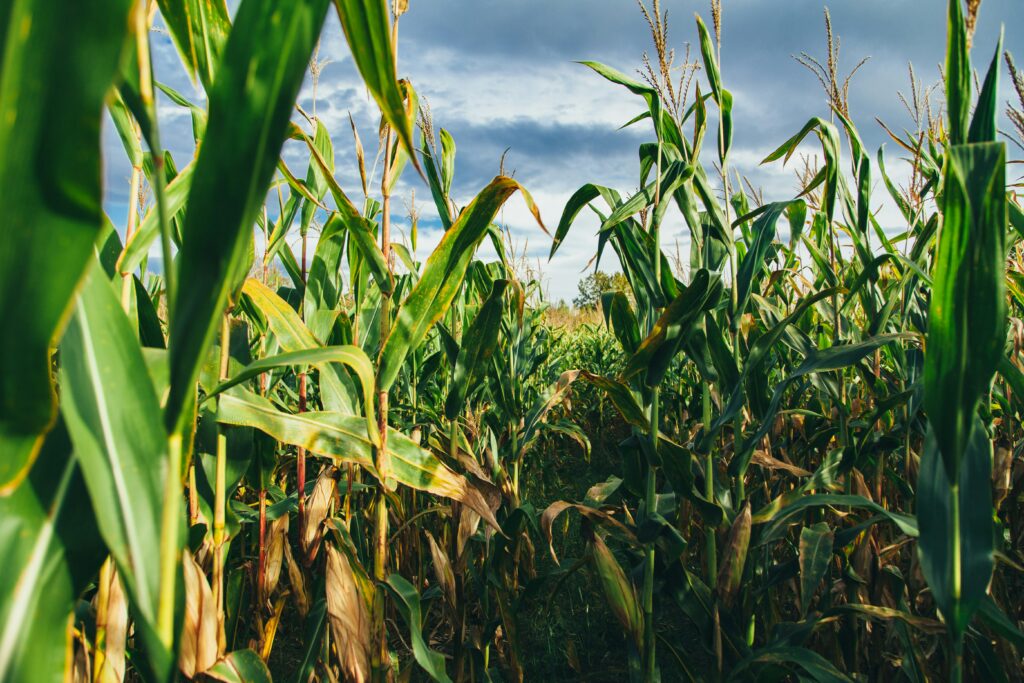
Precision agriculture: data and potential from the Istat document
Istat data highlights a positive trend in the adoption of precision agriculture in Italy:
• 28.5% of Italian agricultural companies use precision agriculture tools and techniques. This percentage And growing compared to previous years, highlighting a growing interest in this technology.
• The adoption of precision agriculture is more widespread in the North-West areas (32.1%) and the North-East (33%) compared to the Center (26.8%) and the South (22.9%).
• Large companies (over 100 hectares) are those that make greater use of precision agriculture (41.1%), followed by medium-sized companies (50-100 hectares) and small companies (less than 50 hectares).
Within this positive trend, the main precision agriculture techniques used in Italy are:
• Mapping of Terrain Variability (82,1%)
This technique involves creating digital maps that represent the variability of the soil in terms of characteristics such as fertility, texture, drainage capacity and pH. Soil variability maps can be used to optimize the use of fertilizers, pesticides and water, in order to improve crop productivity and reduce environmental impact.
• Satellite Positioning System (GPS) (78,9%)
GPS systems are used to guide agricultural machinery with high precision, allowing operations such as planting, fertilizing and weeding to be performed more efficiently and precisely. This can lead to reduced input waste, improved work quality and increased safety for farmers.
• Remote Sensing (67,2%)
Remote sensing uses satellite or aerial imagery to monitor crop health and identify potential problems, such as water stress, disease, or insect infestation. The information gathered from remote sensing can be used to make timely and targeted crop management decisions, optimizing resource use and increasing yield.
• Variable rate agriculture (54,9%)
Variable rate farming involves applying fertilizers, pesticides, water and other inputs in varying amounts based on the specific needs of different areas of the field. This approach allows for optimizing the use of inputs, reducing waste and environmental impact, while improving crop productivity.
• Crop monitoring systems (42,6%)
Crop monitoring systems use sensors to collect real-time data on crop conditions, such as soil moisture, temperature, light, and photosynthesis. This data can be used to optimize irrigation, fertilization, and other cultivation practices, improving crop health and increasing yields.
It is important to underline that the adoption of these technologies varies from company to company and from region to region. In general, large farms and those located in the Northwest and Northeast are more likely to adopt precision agriculture than small farms and those located in the Center and South.

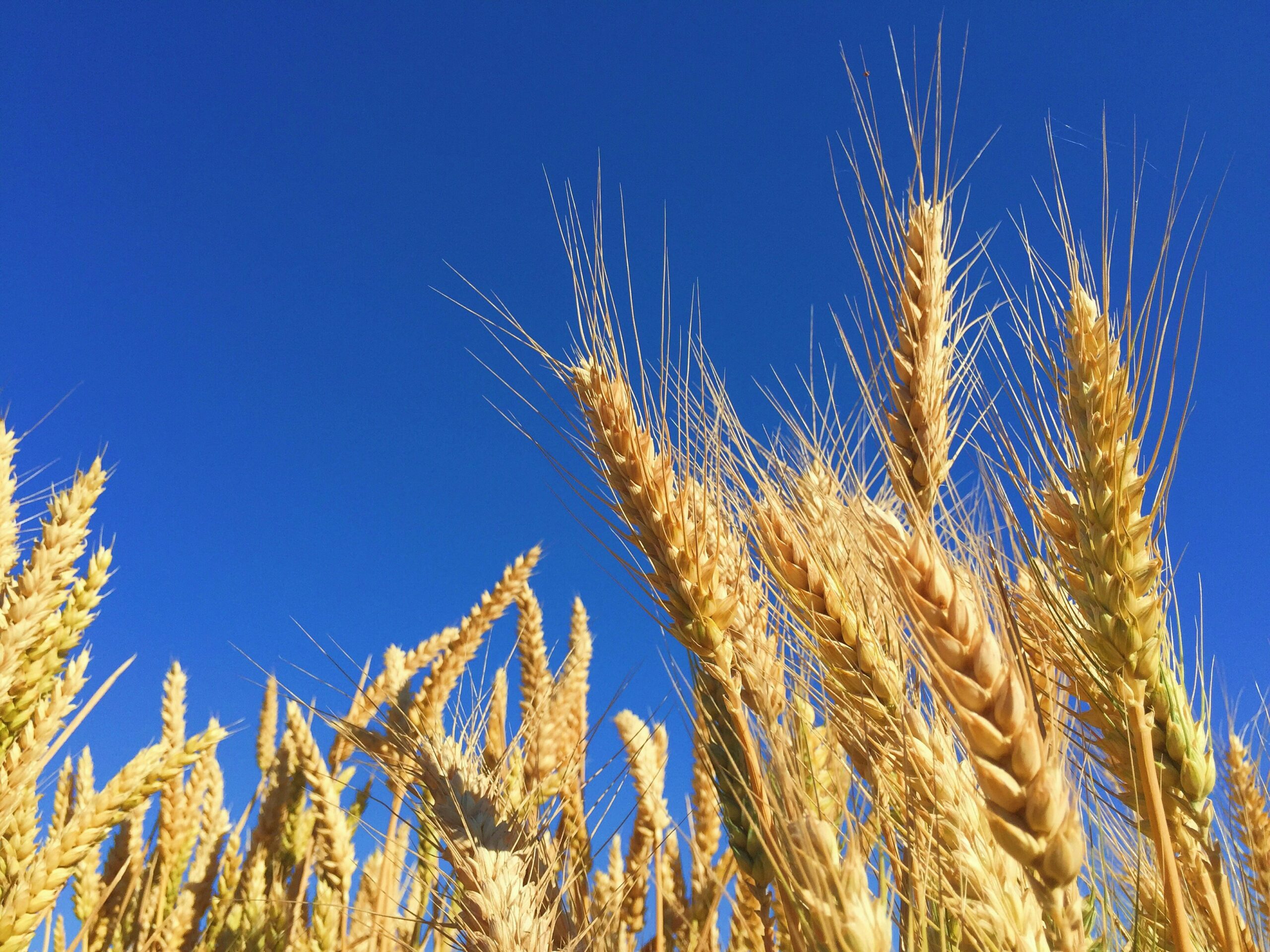
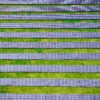
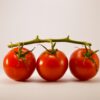
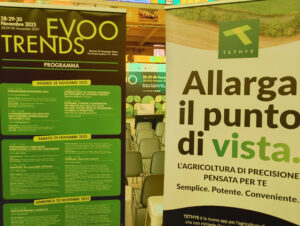
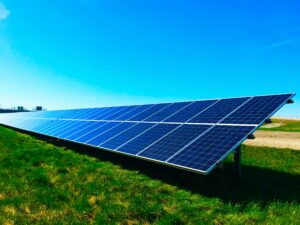
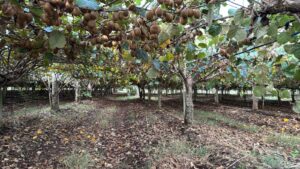
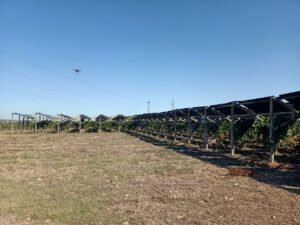
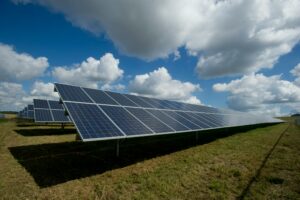

Add comment
You must be logged in to post a comment.